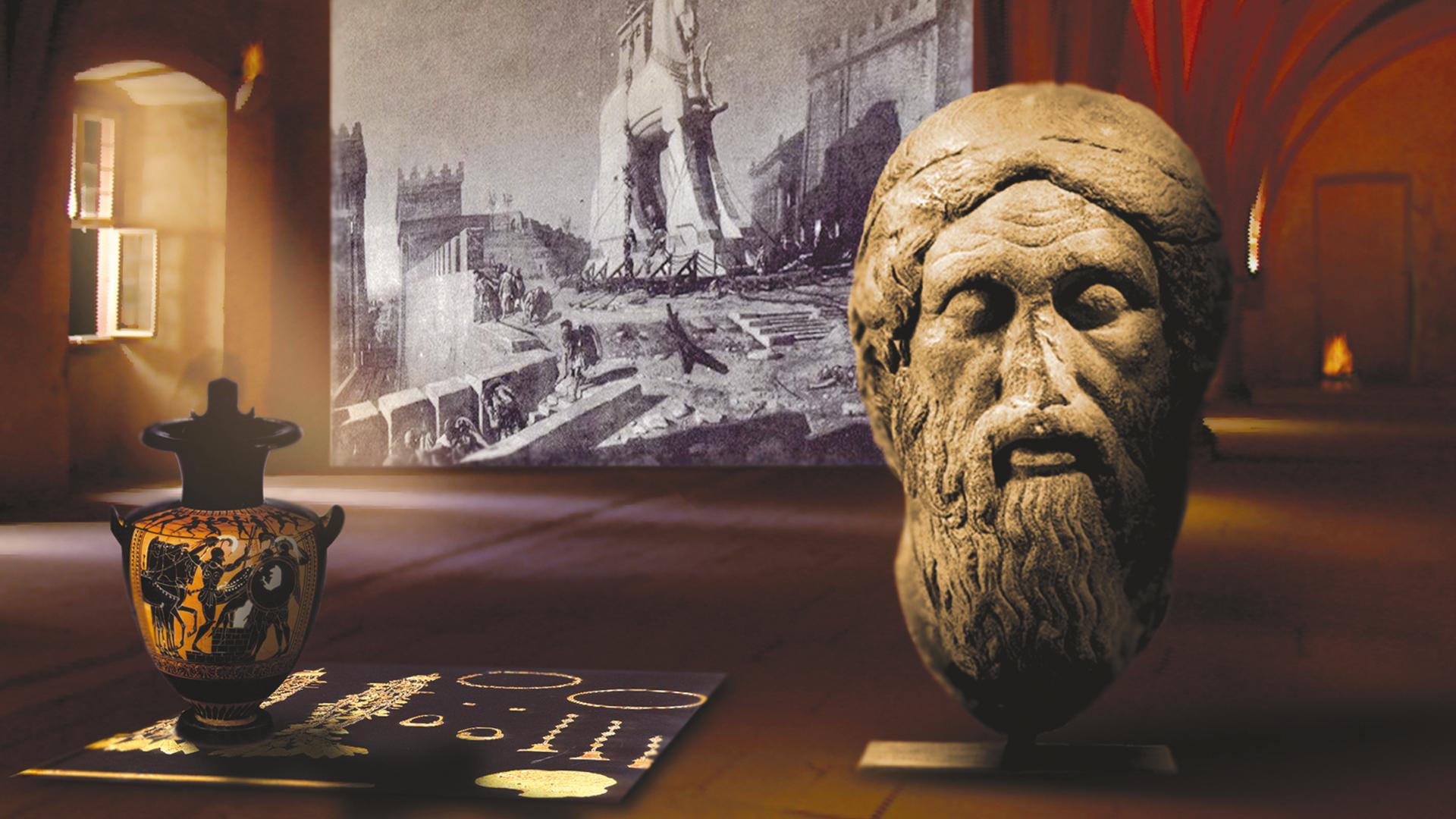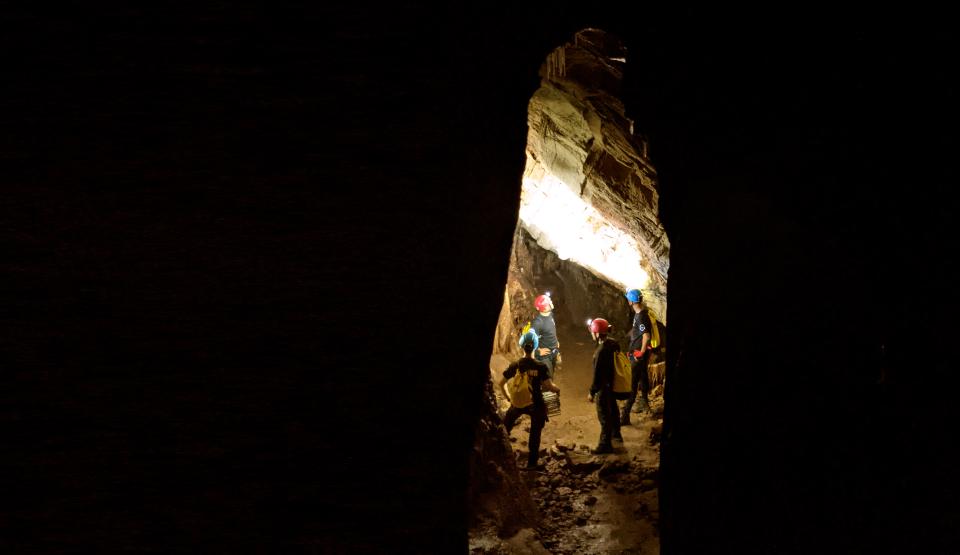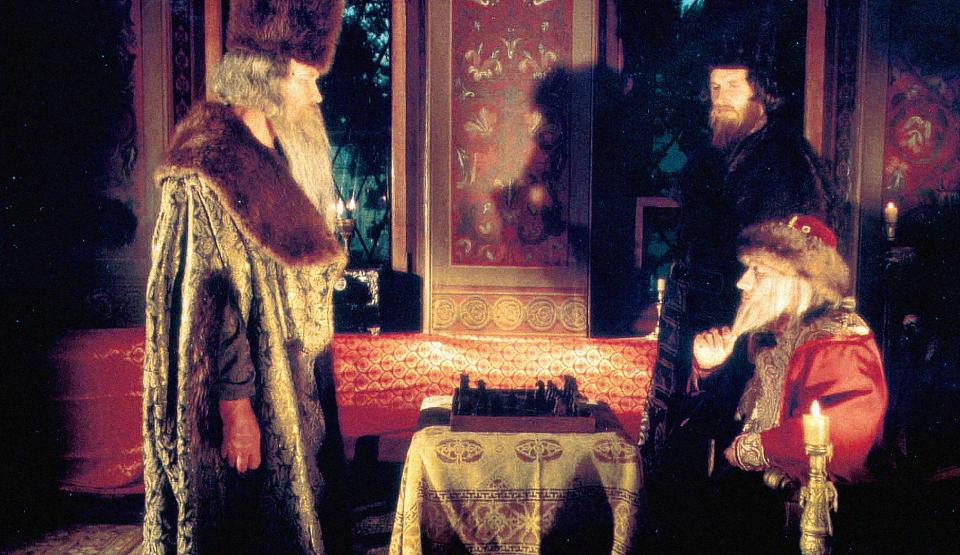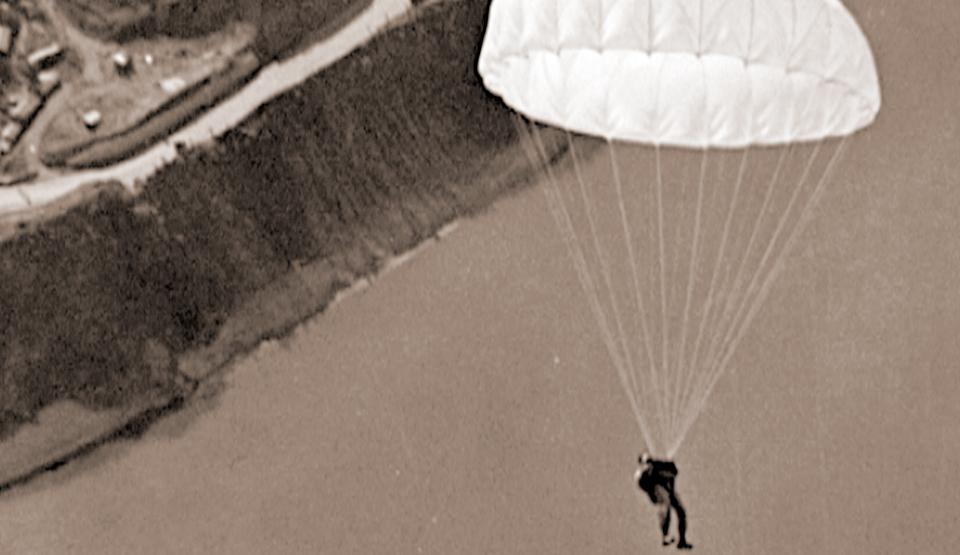What is myth? What is truth? There are countless legends, both ancient and modern, surrounding the fabled city of Troy and its decline. The oldest epic in western civilisation, Homer’s Iliad, dates back 2,700 years and is the first written document to tell the tale of the Trojan War. Since then Troy has inspired the imaginations of countless artists, writers, historians and archaeologists. Greek generals, Roman emperors and medieval kings all liked to trace their claims to power back to the Trojan War and its heroes.
But did a city called Troy ever really exist? Who were Odysseus and Paris? When did the beautiful Helen and the prophetic Cassandra actually live? Did this world exist at all – or was it only alive in the fantasy of that blind Greek “singer”, Homer?
In 1870 a German businessman and amateur archaeologist, Heinrich Schliemann, claimed to have found Troy. Clutching the Iliad in his hand, Schliemann insisted that he had discovered the site of Homer’s Troy on a hill called Hisarlik in the Turkish Dardanelles – and that he had excavated the site and found the treasure of the Trojan King Priam.
It was a sensation, certainly, but flaws soon appeared. Many of Schliemann’s claims were exposed as lies, and there were suspicious periods in his biography. Schliemann’s treasure has also largely vanished, in mysterious circumstances.
Over a hundred years after Schliemann, a team of German experts led by an archaeologist from Tübingen, Professor Manfred Korfmann, has studied the phenomenon of Troy with the benefit of the latest technology and revolutionary theories. New discoveries provide evidence of connections that Schliemann could never have imagined. And the trail leads back to the Iliad.












